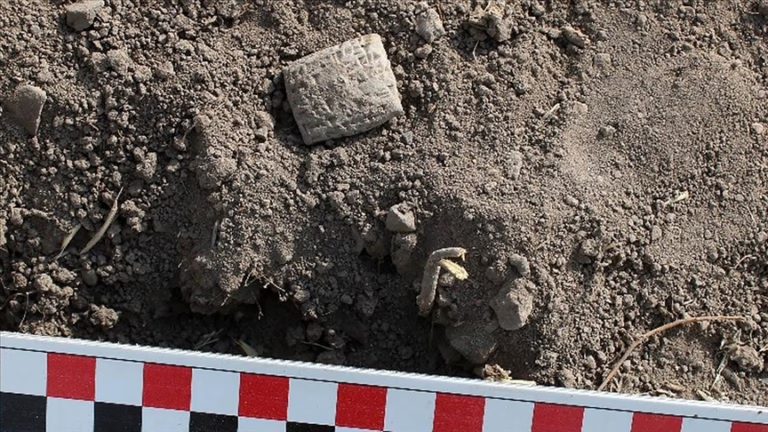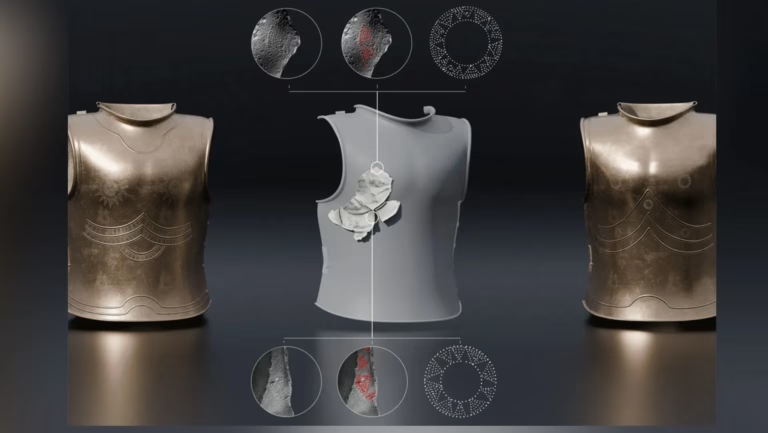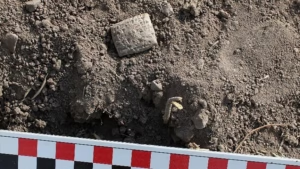In the heart of Turkey’s central Anatolia, archaeologists have begun uncovering the ancient city of Lystra, a site with deep biblical significance. Located between the Hatunsaray and Botsa neighborhoods of Konya’s Meram district, Lystra is mentioned in the New Testament as a city where Saint Paul (Paulus) preached the gospel and performed miraculous healings during his missionary journeys.
Excavations led by Assoc. Prof. Dr. İlker Mete Memiroğlu from Necmettin Erbakan University began in 2024, shedding light on the city’s key role in the spread of early Christianity across Anatolia.
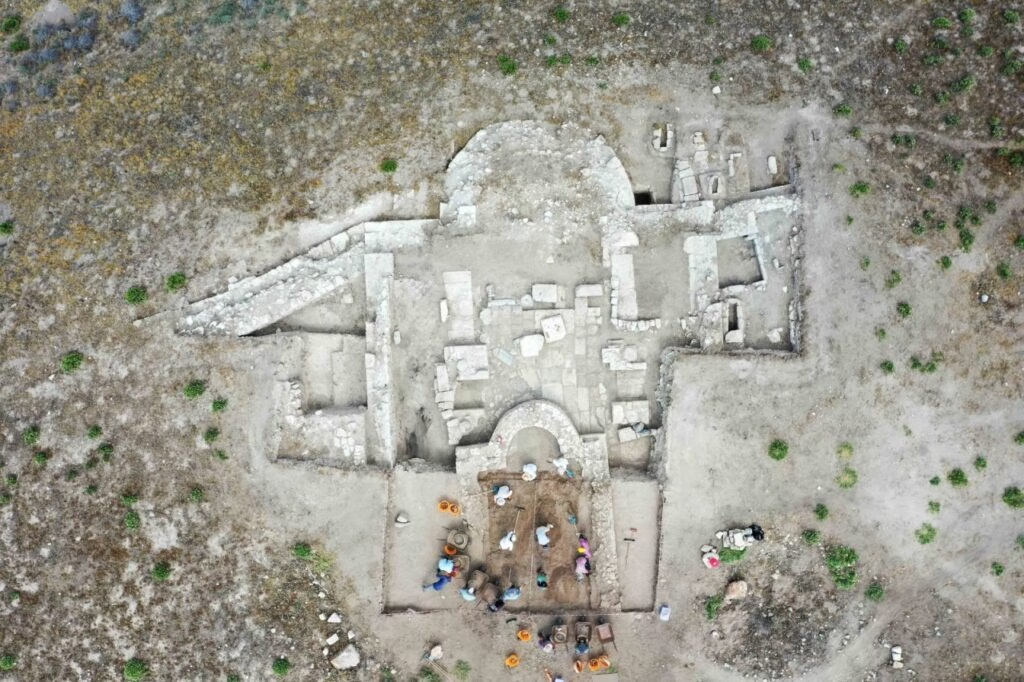
A City Touched by Saint Paul’s Miracles
Lystra is uniquely referenced in three of Saint Paul’s four major journeys. According to the Book of Acts, Paul healed a crippled man in the city, leading astonished residents to believe he was a god. Lystra later became the home of Timothy, one of Paul’s closest disciples and future leaders of the early church.
“Lystra was not just a waypoint—it was a sacred ground for early Christians,” said Dr. Memiroğlu. “Its rediscovery reconnects Konya with a long-forgotten spiritual identity.”
From Mevlana to Saint Paul: Konya’s Spiritual Continuum
While Konya is globally known today as the home of Rumi (Mevlana) and Sufi mysticism, the city’s spiritual heritage stretches much further back. In antiquity, it was a flourishing center of early Christian worship. The rediscovery of Lystra helps reframe Konya not only as an Islamic landmark but as a historical crossroads of multiple faiths.
What Has Been Found So Far?
So far, the main church of the ancient city has been unearthed. Further excavations are expected to reveal key structures, including the Temple of Zeus, referenced in early Christian texts. Lystra is also believed to have once held a bustling Christian community and may have been home to one of the earliest organized churches in Asia Minor.
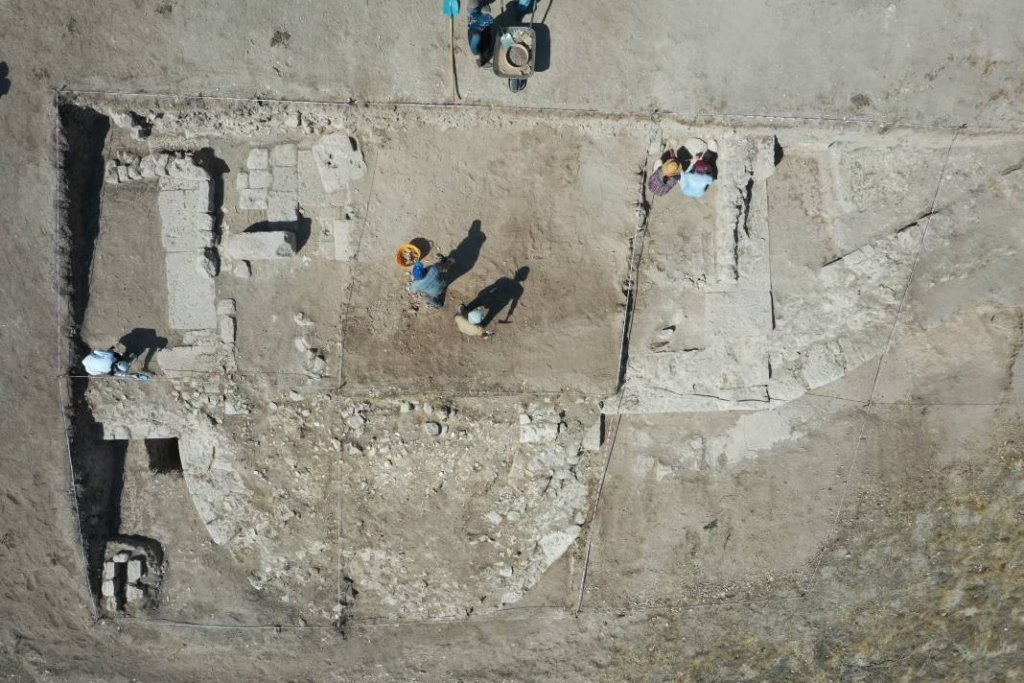
The dig is supported by the Turkish Ministry of Culture and Tourism, Konya Metropolitan Municipality, Meram Municipality, and Necmettin Erbakan University.
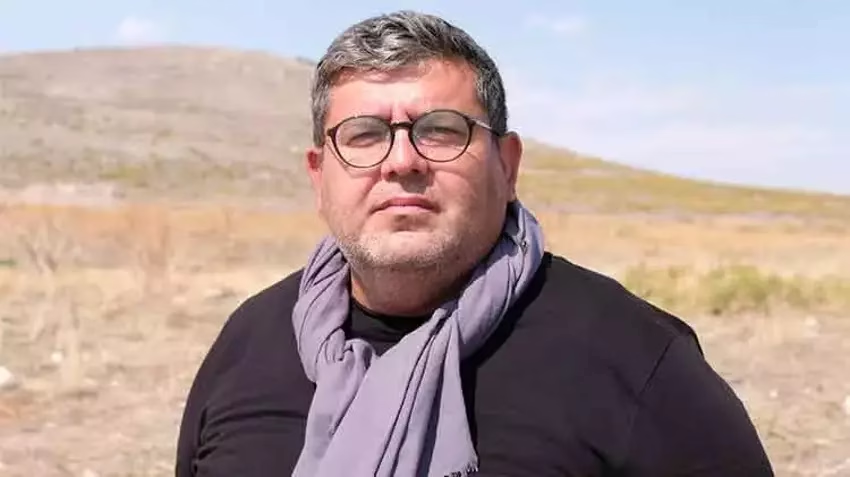
Echoes of the Past: Artifacts, Coins, and Global Traces
While large-scale historical treasures are now being preserved in situ, it is known that some artifacts from Lystra were smuggled abroad in earlier decades. Notably, coins from the site are currently on display in a cathedral in Australia. The site’s global footprint is further emphasized by Renaissance painter Raphael, whose famous work “The Healing of the Cripple” depicts Saint Paul’s miracle in Lystra.
A New Destination for Faith Tourism
Despite its biblical importance, Lystra has remained largely overlooked—unlike other cities visited by Saint Paul, such as Ephesus or Antioch. Now, researchers and local officials hope that ongoing archaeological efforts will transform Lystra into a key destination for Christian pilgrimage and historical tourism.
“Lystra has the potential to be one of the most significant religious heritage sites in Turkey,” said Dr. Memiroğlu. “It’s time the world rediscovered it.”

